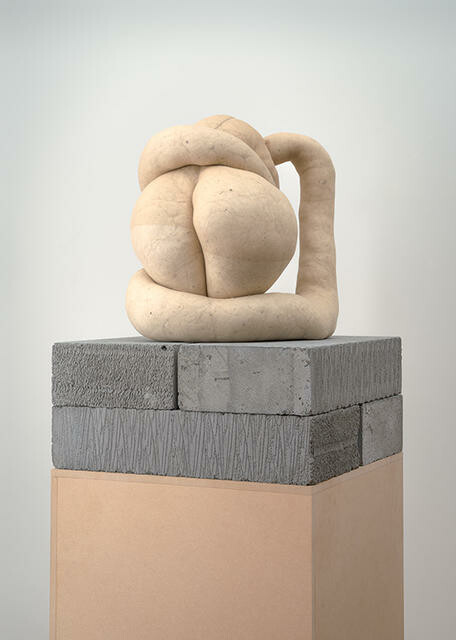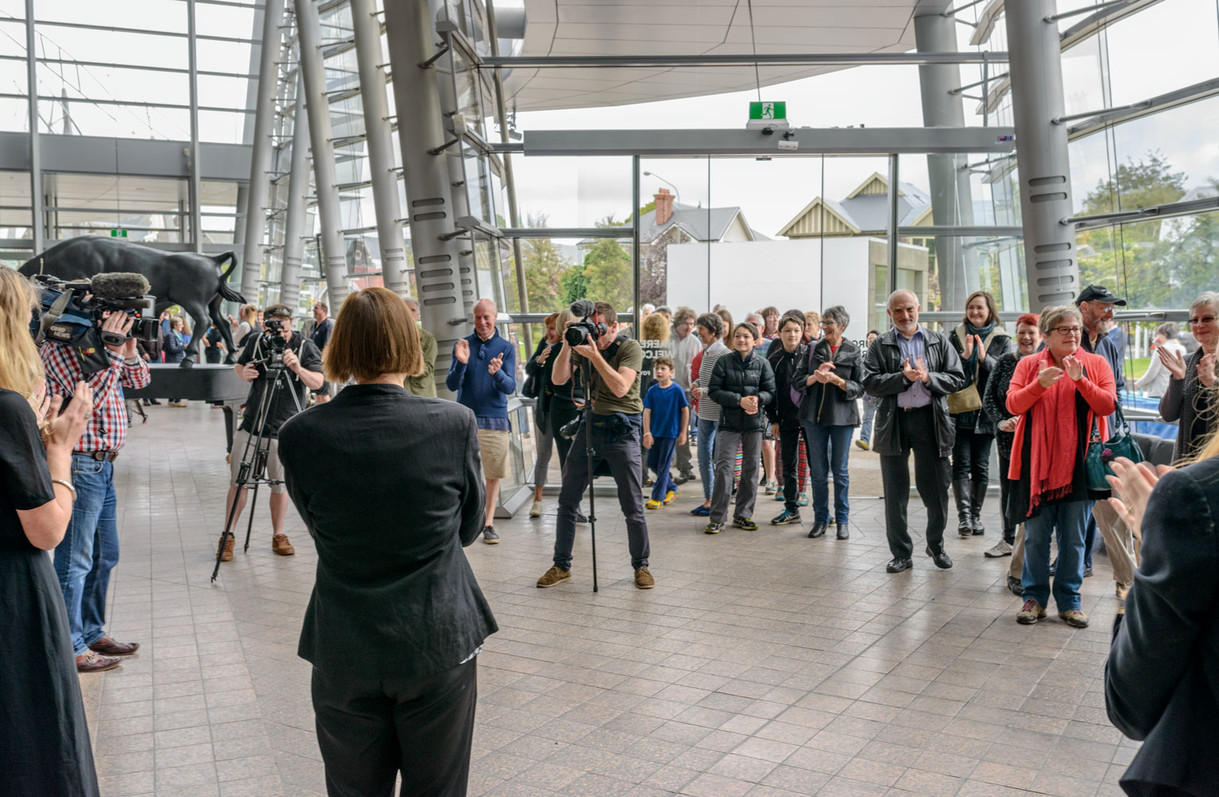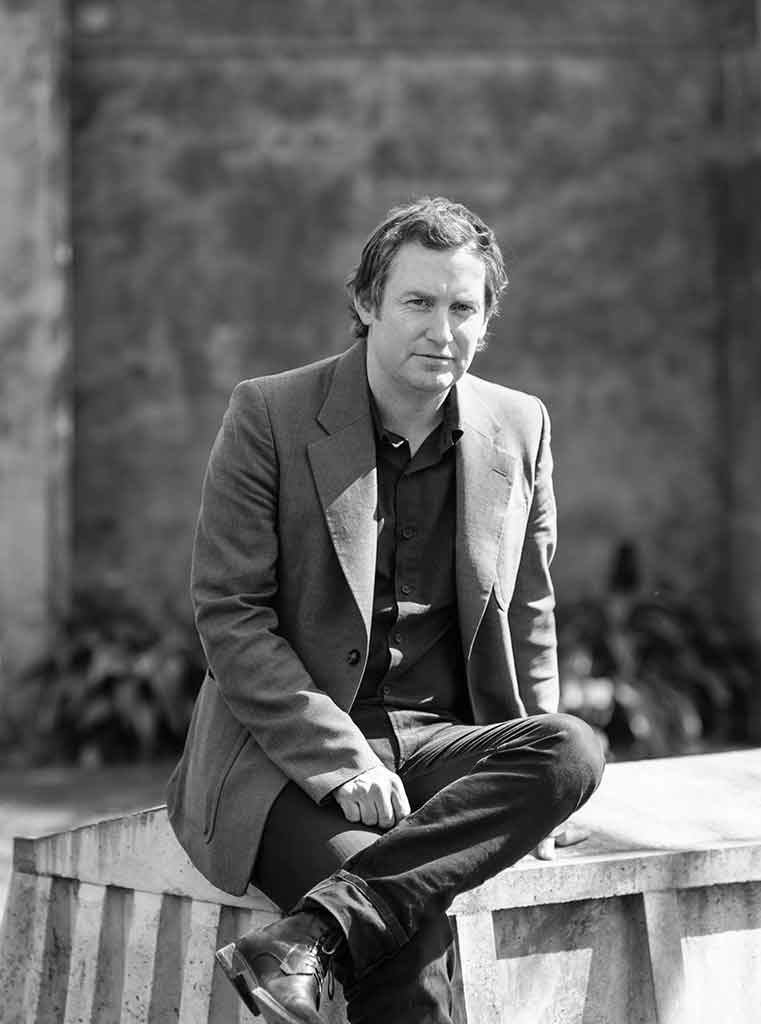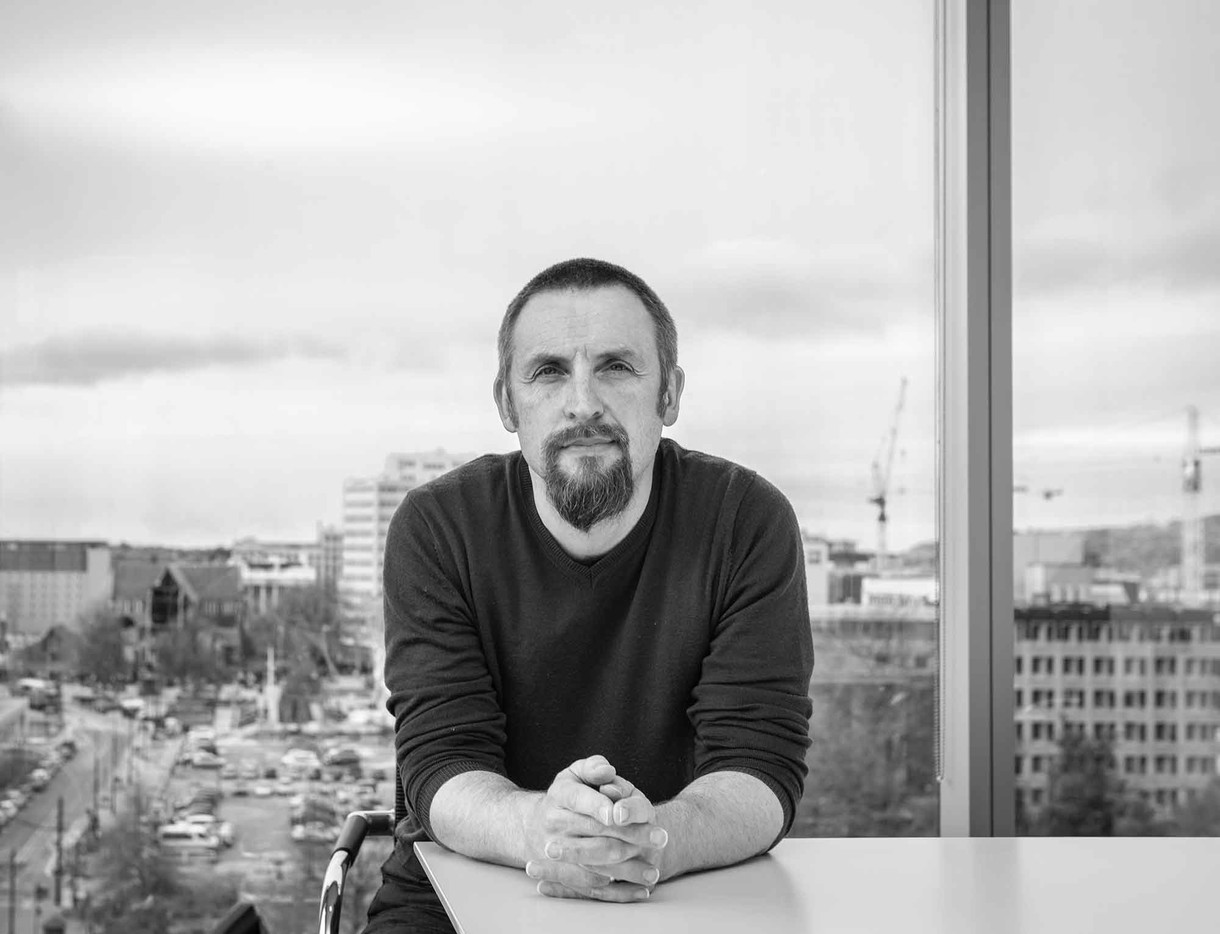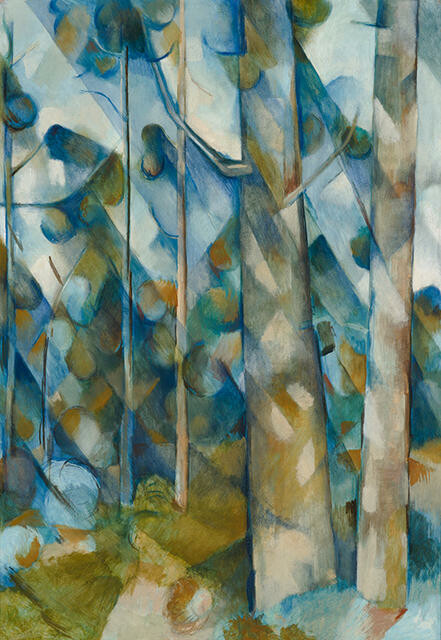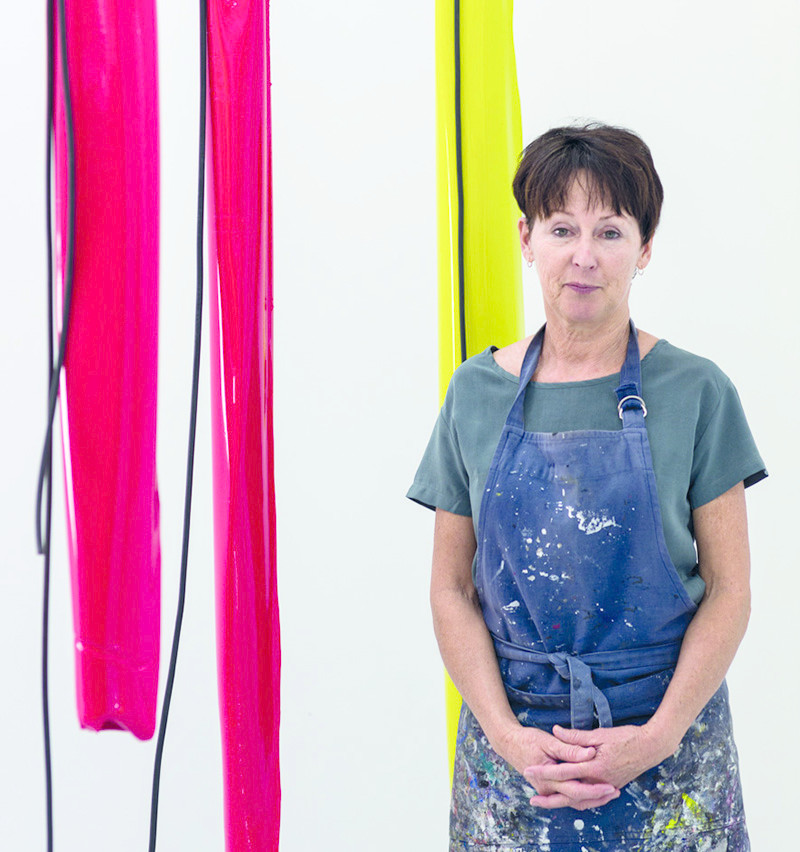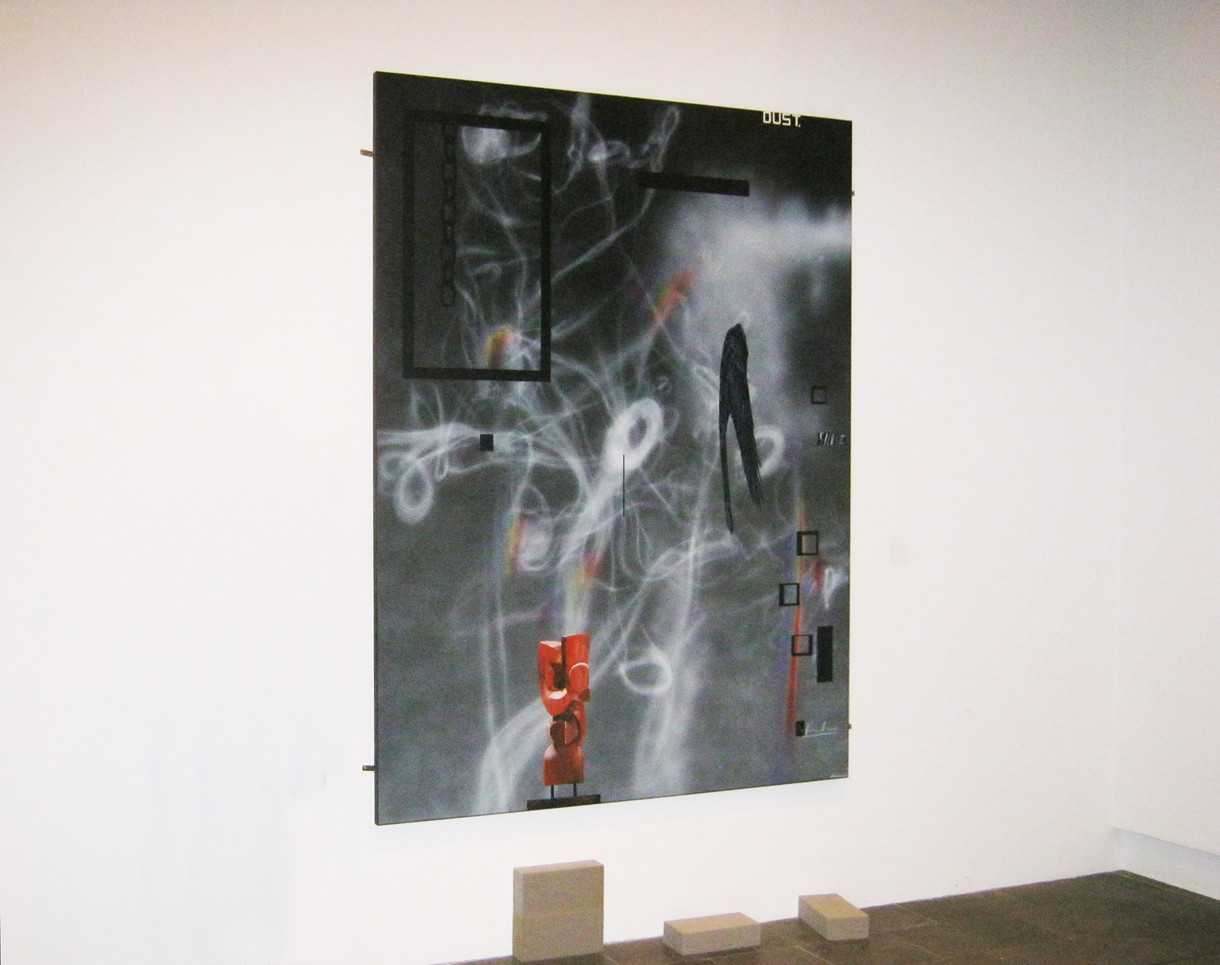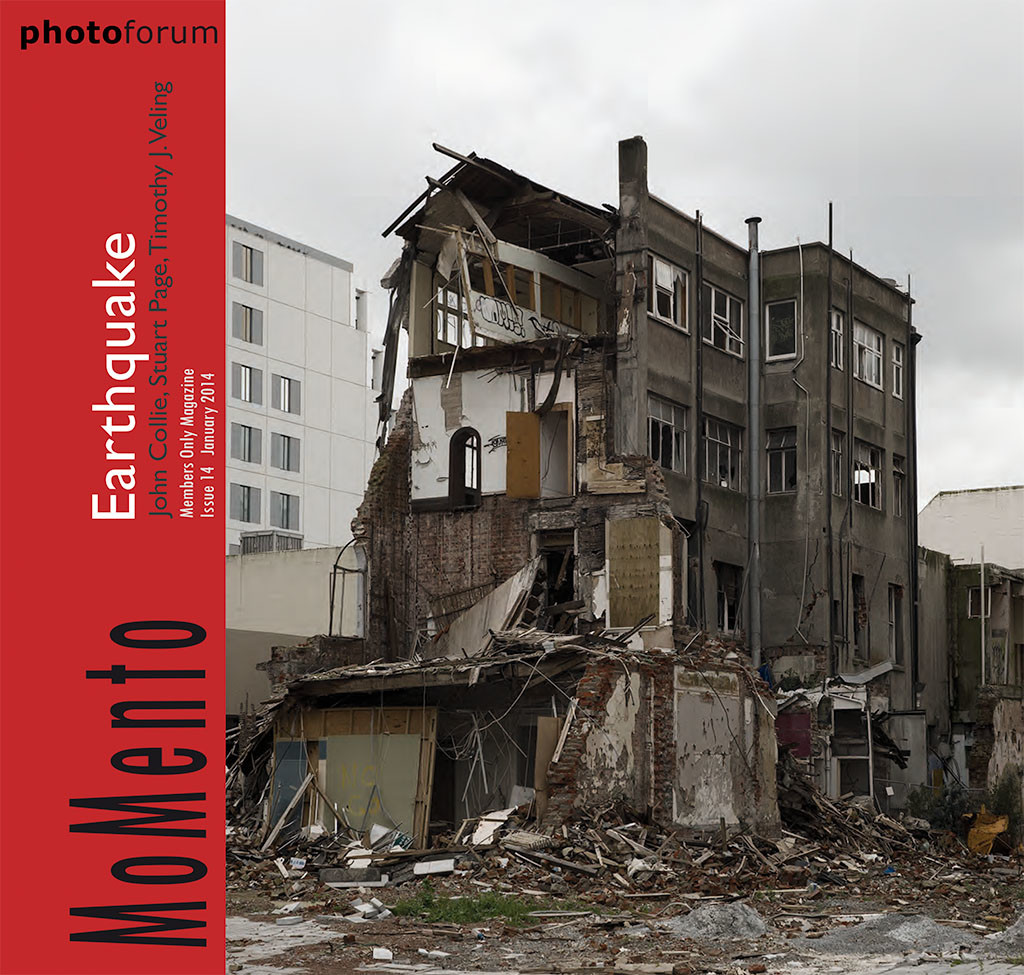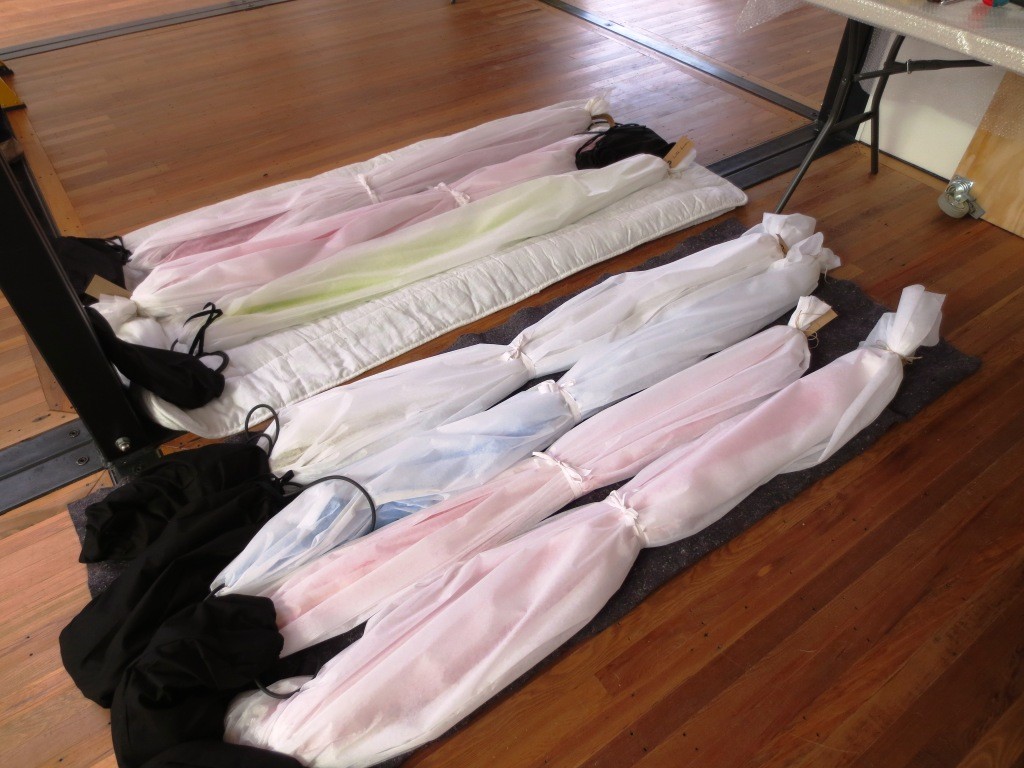B.
A major boon to the Gallery in the direct aftermath of the earthquake
Behind the scenes
English artist Sarah Lucas was installing her show in Two Rooms, Auckland, when the 22 February earthquake struck.
She was quite upset by what she saw and insisted that the proceeds of whatever was sold should go to Christchurch and supporting the arts in the recovery. She persuaded both gallerists, Two Rooms and Sadie Coles HQ in London, to follow suit with their commission. And then collectors Andrew and Jenny Smith from Auckland responded with equal generosity. I had taken Andrew around our collection exhibition some time in 2010 and he recognised that it lacks some of the depth of Auckland's, particularly in our international holdings. So he and Jenny were interested in doing something to help us at some point. They offered to pay the full value of one of Lucas's works, if Christchurch Art Gallery would be interested in taking it. Well absolutely we would.
NUD CYCLADIC 1 is an intriguing work. I had seen it twice, once before the Smiths decided to match the artist's generosity, and later when selecting the work from the show. It's most obviously a backside, but I was also reminded of the arm of Rodin's The Thinker when I walked around it.
It was a wonderful sequence of events. The generosity of an international artist, two dealers and two collectors combined to enable the addition of a superb new work to our collection. And we're all richer for it.

Sarah Lucas NUD CYCLADIC 1 2009. Tights, fluff, wire, concrete blocks, MDF. Collection of Christchurch Art Gallery Te Puna o Waiwhetū, purchase enabled by a gift from Andrew and Jenny Smith, made in response to the generosity of Sarah Lucas, Sadie Coles, London and Two Rooms, Auckland to the people of Christchurch on the occasion of the Canterbury Earthquake, February 2011
